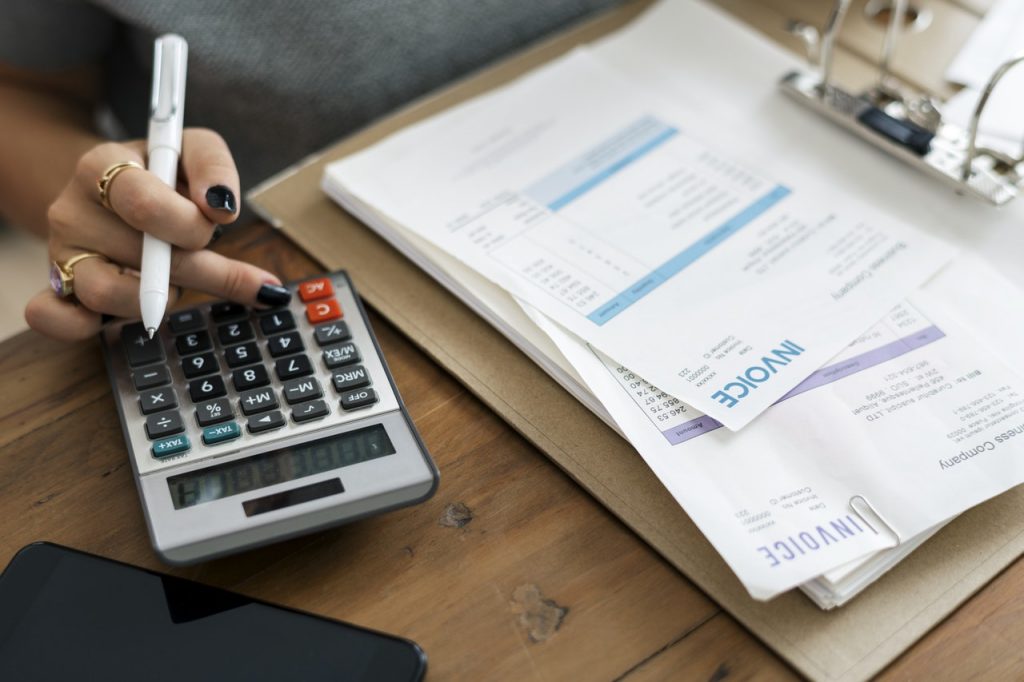
Keeping Track of Your Finances
Are your finances out of control? You might be wondering why you’re living from paycheck to paycheck. Perhaps you want more expendable income for gadgets, entertainment, or vacations. The key is to take steps to track your finances better. Here are some helpful tips:
1. Set a daily spending limit
The operative word here is “daily.” We often put restrictions on things like holiday shopping, but it’s just as important to track your daily spending and put a cap on it.
Here’s what to do. WSEt a maximum amount of money that you’ll spend every day. Just as important try to stay within budget as much as possible.
Will there be exceptions? Yes, sometimes you’ll have emergency expenses for your home or vehicle, for example. However, these are the main exception to the rule. Stick to your daily budget as much as possible.
2. Separate wants and needs
All we need is food, clothes, and shelter. However, we often blend these two categories, which can result in an inflated budget. When you input your expenses each day.
There are a few key steps to take. Make sure you’re properly labelling “wants” and “needs” expenses. You should also verify that most of your expenses are needs instead of wants.
3. Calculate purchases in salary
We often focus on the price of our purchases whether they’re goods or services. Yes, the price is important. However, we often forget about how much work we have to do to get those items.
That’s why you should do the math. A new pair of shoes might be equal to one day’s salary. Meanwhile, a new smartphone/tablet will take a lot more work/wages. Learning how much you have to spend can help to determine how much you’ll need to save. You might even want to pick up some extra gigs to cover the costs.
4. Get receipts for everything
Does this mean receipts for one purchase at the dollar store? Yes, make sure to keep receipts for all purchases you make. Here’s why. You’ll start noticing how small purchases can add up quickly.
What if you don’t want to deal with paper receipts? There are apps for that. This allows you to keep a paperless record of all your purchases.
5. Use a mobile app
If you want to track expenses, there’s an app for that! You can find several expense-tracking apps. This makes it easier to track your daily spending. Which app is the best one for your needs?
Look for mobile apps that allow you to track all the money you spend on any given day. The process should also be easy based on the interface, navigation, etc. Otherwise, the whole process will become a hassle, and you’ll be more likely to ditch the app.
6. Set budget-cutting goals
The first step is to set budget goals for days, weeks, and even months. Then you can play a “game” in which you try to stay under budget for the different goals.
You can then reward yourself for reaching those goals. Give yourself small rewards for short-term goals and bigger ones for long-term goals.
